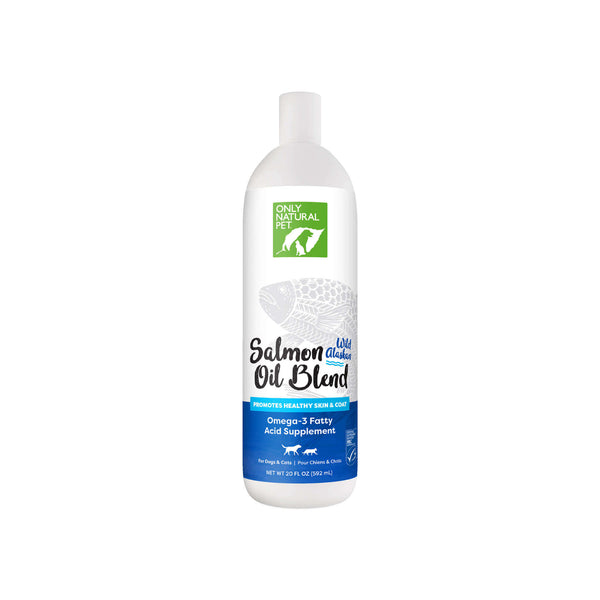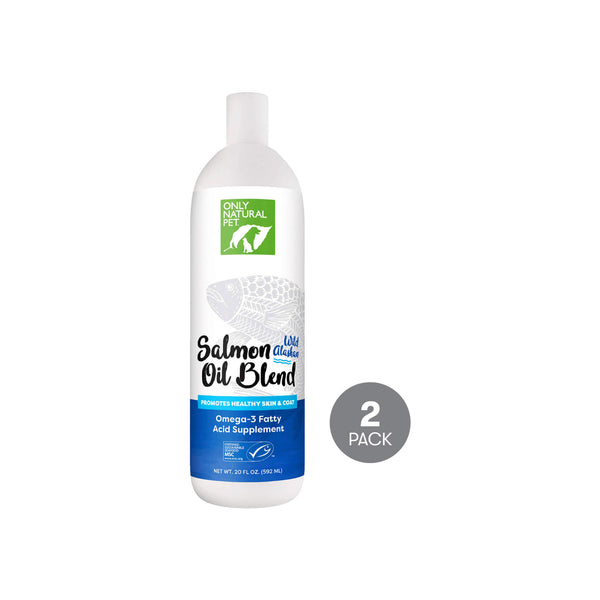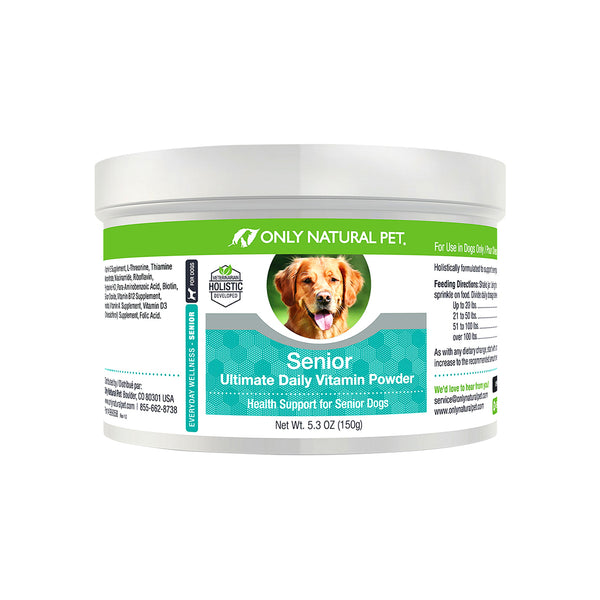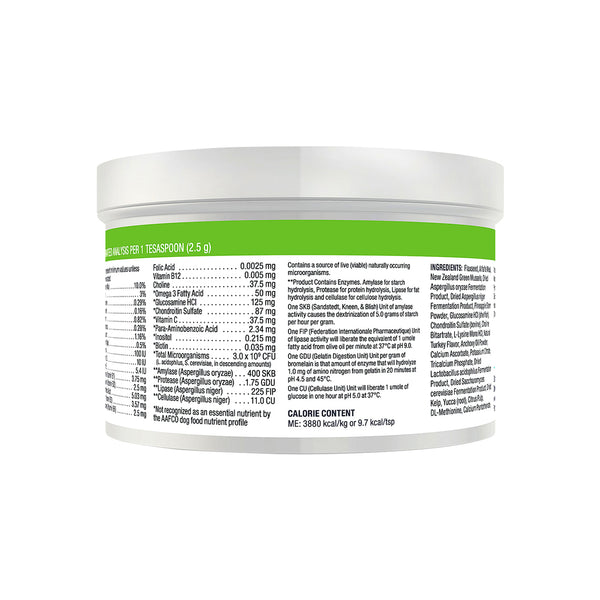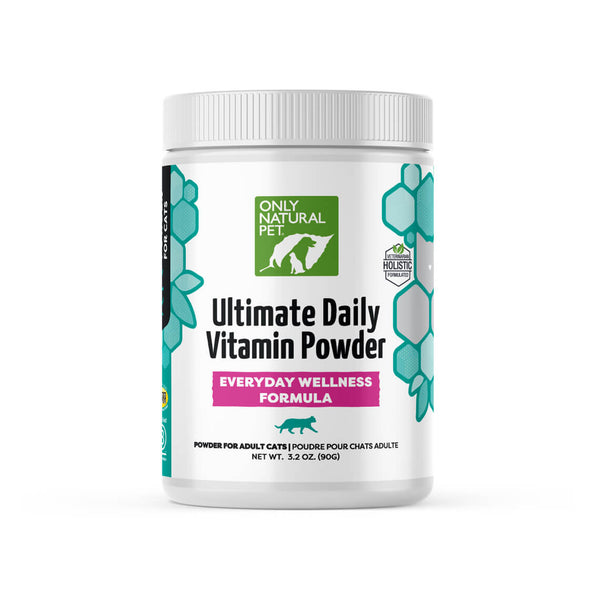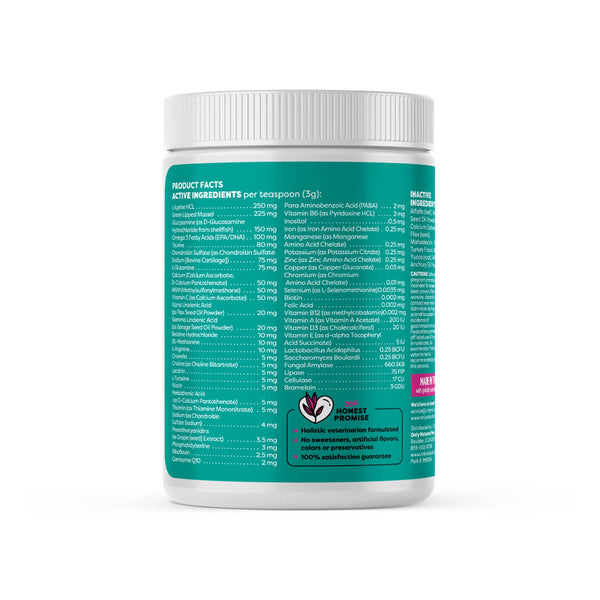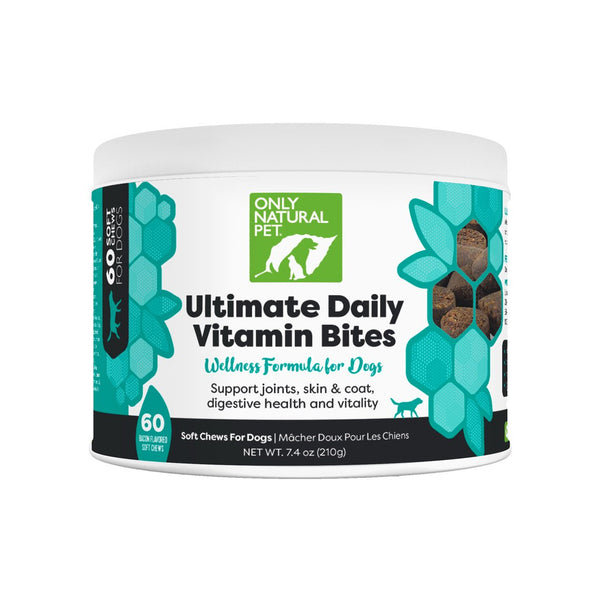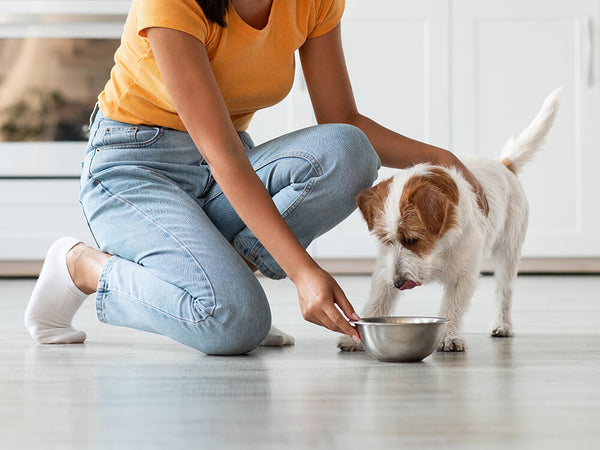When Should I Take a Dog or Cat to the Vet?
Written by: Dr. Jean Hofve, Holistic Veterinarian, DVM
Should You Visit the Vet?
Dogs and cats can experience any number of health issues, from tummy troubles and itchy skin to heart disease and cancer. Sometimes, however, your pet's condition is not so clear and as a pet parent, you're not sure where to turn.
A trip to the veterinarian will give you answers, but can be stressful and costly. Sometimes waiting is reasonable and your pet can recover from a bout of diarrhea or itchy skin at home. Sometimes, however, waiting too long can have detrimental consequences for the animal.
Below we have outlined some instances where home care is likely to be sufficient and some indications that require a trip to the vet. Keep in mind, however, that this is only a partial list and a rough guideline. Whenever in doubt, CALL your veterinarian’s office.
Common Conditions
Minor Injuries, Scrapes & Bruises
These can sometimes be handled at home. If your pet has a scrape or wound in an area of an inch or two, first aid may be all that is needed. Larger or deeper wounds need medical attention and cat or dog bites always need veterinary attention.
If your pet is scared, you may need to begin by calming and muzzling them to protect yourself during first aid treatment. For immediate treatment of injuries or trauma, having a calming therapy like a homeopathic or flower essence on hand can be helpful. These can help calm down your pet and are safe to give even when veterinary care will be needed and medications may be administered.
For smaller wounds, clip the hair away from the area, gently wash with warm water to remove debris, and apply an antibiotic cream. Keep your pet from licking the ointment off by stroking or brushing your pet for 10–15 minutes while the medication has a chance to do its job. Apply ointment several times a day. Monitor the wound: you should see healing beginning and improvement in the area within several days. If you don’t see improvement it is time visit your vet.
Puncture wounds need to be treated with caution as they can be worse than they appear and can become infected more easily than surface wounds. Clean and treat with antibiotic ointment as described above, but call your veterinarian if you see any swelling or inflammation.
"If an animal has a scrape or wound in an area of an inch or two, first aid may be all that is needed. Larger or deeper wounds need medical attention and cat or dog bites always need veterinary attention."
For bruises or minor strains, the key is usually rest and protection of the affected area. Keep your pet confined if necessary and take them outside only on leash. Some sprains can take weeks to heal, so don’t let your pet become overexcited or let them begin normal exercise too soon.
Some joint supplements, both herbal and joint supporting compounds, like glucosamine, can help your pet with discomfort. Non-sedative calming remedies can be helpful if your pet needs to be confined during rehab and treats, especially natural chews for dogs, can help keep your pet occupied without moving around.
When to take your dog to the vet for injuries, scrapes & bruises:
- Wounds larger than 1-2” and/or deep wounds
- Bite wounds – dog bites can cause more damage under the surface than you see and can become infected; cat bites very frequently become infected and antibiotics are almost always necessary
- Deep puncture wounds or punctures accompanied by swelling, pus, or foul smell
- Wounds that seem to spread or become infected (red around the edges or oozing puss)
- If animal appears in significant pain – there may be injuries that you cannot see or the animal may need pain medication
- Persistent limping or soreness in an older animal (possible signs of arthritis)
Minor Stomach Upsets
Diarrhea or vomiting can often be monitored at home for a day or two before heading to the veterinarian’s office. These symptoms can often be traced to something simple such as ingesting something unusual (like the kitchen garbage), anxiety or stress, eating too much or too fast, or exercising shortly after eating, etc.
For the occasional bout of diarrhea, adding some canned pumpkin and probiotics to the food and feeding a bland diet for several meals may be all that is required. Canned pumpkin is an essential in every pet parents pantry since it can help both diarrhea and constipation. Cats can get 1 teaspoon to 1 tablespoon, and dogs can have 1 tablespoon to ¼ cup or more depending on size.
For occasional vomiting, a short fast (one or two meals), small drinks of water and a bland diet can do the trick. (A big drink of water can further irritate a troubled tummy and cause more vomiting). A bland diet would be equal parts of boiled chicken and white rice, given in small meals. Hamburger and rice can be substituted with as much of the fat drained as possible; rinsing the meat will help wash away excess fat.
Cats often vomit or "gag" due to hairballs in their stomach. Long-haired cats seem to have a greater problem since there is just more hair to ingest during the self-grooming process. This is something easily handled at home. Prevention is the best course of action for hairball problems, inlcuding daily grooming and the addition of digestive enzymes and essential fatty acids to the food.
Pets with chronic stomach issues, like loose stools, diarrhea, or chronic vomiting should be evaluated by a holistic veterinarian for food intolerances, allergies, or other underlying illness.
When to take your dog to the vet for upset stomachs:
- Vomiting and diarrhea occur together
- Blood in vomit or diarrhea
- Vomiting or diarrhea lasts more than a day or two
- Animal appears listless
- Multiple bouts of vomiting or diarrhea over a short period of time
- Animal trying to vomit unsuccessfully (sometimes with profuse drooling)
- Distended abdomen or bloating present
- Abdomen tender to the touch
- Animal shows labored breathing or appears to be in pain
Itchy Skin, Paws & Ears
These can be a sign of allergies or fleas. Itchy skin and dry skin is never completely normal and your pet shouldn't be chronically itchy. If your pet is scratching consistently, it needs immediate attention because it will only get worse if you wait.
First determine whether fleas are the culprit. A flea comb is an absolute essential tool for every household with a dog or cat. Even if your dog or cat is an indoor pet, fleas can find them. Check for fleas first and foremost because if you don’t and the fleas continue to multiply while you start treating for allergies, by the time you realize you have fleas they will be much harder to eliminate.
Run the flea comb through your pet’s hair and gather a bit of hair and “dirt.” Then put this between two damp white paper towels and press them together – if the “dirt” creates rusty looking spots on the paper towel, then there are fleas on your pet. If you keep combing, you will likely trap some of them in the comb. Drown them in soapy water; fleas have been known to jump out of plain water. If your flea test is positive, follow a treatment plan. If you don't find fleas, then move on to treating for possible allergies.
Looking for possible allergies has three simple steps:
- Change to a hypoallergenic food
- Add digestive enzymes to every meal
- Add essential fatty acids (preferably fish oil) to the diet
When to see a vet for itchy skin, paws & ears:
If home treatment does not alleviate or at least reduce your companion’s itch in three weeks, a visit or consult with a holistic veterinarian is advised. (We do not recommend visiting traditional or conventionally trained veterinarians when allergies are suspected, as the most commonly prescribed conventional treatment with steroids or antibiotics will only prolong and exacerbate the problem).
Hot Spots on Dogs & Cats
Hot Spots can be secondary infections from an animal scratching or licking an area excessively or they may appear on their own, possibly a result of a mild abrasion, bug bite, or moisture on the skin. They can hide under the hair, so you will need to clip the area thoroughly to treat them properly.
Hot spots need to be kept clean and dry and you will need to prevent your pet from licking or scratching the area as much as possible. Apply an antibiotic spray or ointment frequently. As the hot spot continues to heal, you can use a balm or salve to keep your pet's skin healthy and conditioned.
When to see a vet for hot spots:
If the hot spot does not look better within a few days and clear within a week or so then it’s time to see the veterinarian for further treatment.
Ear Infections & Irritations
Ear infections and irritations are quite uncomfortable and your dog or cat will alert you by shaking their head, tilting it to one side, and scratching at the affected ear persistently or rubbing it along the floor or furniture.
Dogs with floppy ears such as hounds and cocker spaniels are more prone to ear problems as are dogs that love to swim. If your pet is predisposed to ear problems, it's good to have an ear rinse on hand to care for them as part of their weekly or monthly grooming, or every time after a swim.
Chronic ear infections are very frequently a sign of allergies. The best treatment for these is to keep the ears clean and follow the steps outlined above for treating allergies. Use a topical ear wash to help control symptoms and control bacteria or yeast while you are helping your pet's allergies.
Ear mites can cause the same symptoms as an ear infection. Ear mites are more common in cats, especially younger cats or outdoor cats.
Ear mites are spread by contact from animal to animal. If you suspect ear mites, the only way to confirm the diagnosis is by having your veterinarian examine the ear discharge under a microscope to look for mites. The discharge from an ear with a yeast infection can look very much like that of an animal with mites, so examination without a microscope may have you treating the wrong thing.
When to take your dog to the vet for ear troubles:
- If symptoms do not improve (or if symptoms worsen) with home treatment
- The animal appears to be in significant pain
- If you suspect a foreign object such as foxtail in the ear
- If the animal is shaking its head so vigorously that the ear swells, this may be a hematoma and should be checked
When to Always Visit the Vet
- Lumps and bumps: Though older dogs often develop benign fatty tumors under the skin, it is always best to have new lumps checked. Lumps that feel solid and do not move around under the skin should be checked as soon as possible.
- Shortness of breath: This can be a sign of heart trouble.
- Straining to urinate with no urine production: This is an immediate emergency. A blocked urinary tract can be life threatening.
- Sudden change in appetite: Can be an indication of serious illness such as kidney failure or hyperthyroidism.
- Sudden weight loss or gain: Can be a sign of thyroid dysfunction or other serious disease.
- Change in water consumption: Can be a sign of diabetes or kidney disease.
- Sudden change in temperament.
- Lethargic or reclusive behavior lasting more than a day.
- Limping or chronic lameness (not attributed to minor injury): Can be arthritis.
- Vision problems, cloudy or hazy eyes, or abnormal eye discharge: Eye issues do not lend themselves to home treatment. Veterinary evaluation is important.
- Persistent bad breath: Can be a sign of digestive disorder or more serious dental disease.
Conclusion
Please remember this is only a partial list. When in doubt, call your veterinarian’s office or local emergency clinic. For more information about specific health conditions please check our Holistic Healthcare Library.




